I’ve got quite a tasting lined up – the tea board is out, the yixing teapots are all ready to go, the fine porcelain tasting cups are all lined up to taste….
Water.
Tasting water?
So, that must mean I’m looking at different
spring waters, tap water set ups, etc right?
Nope. Not even.
We have one water at one
temperature – no tea leaves.
We are tasting water so that we can see how our choice of brew vessel is affecting the flavor of our tea.
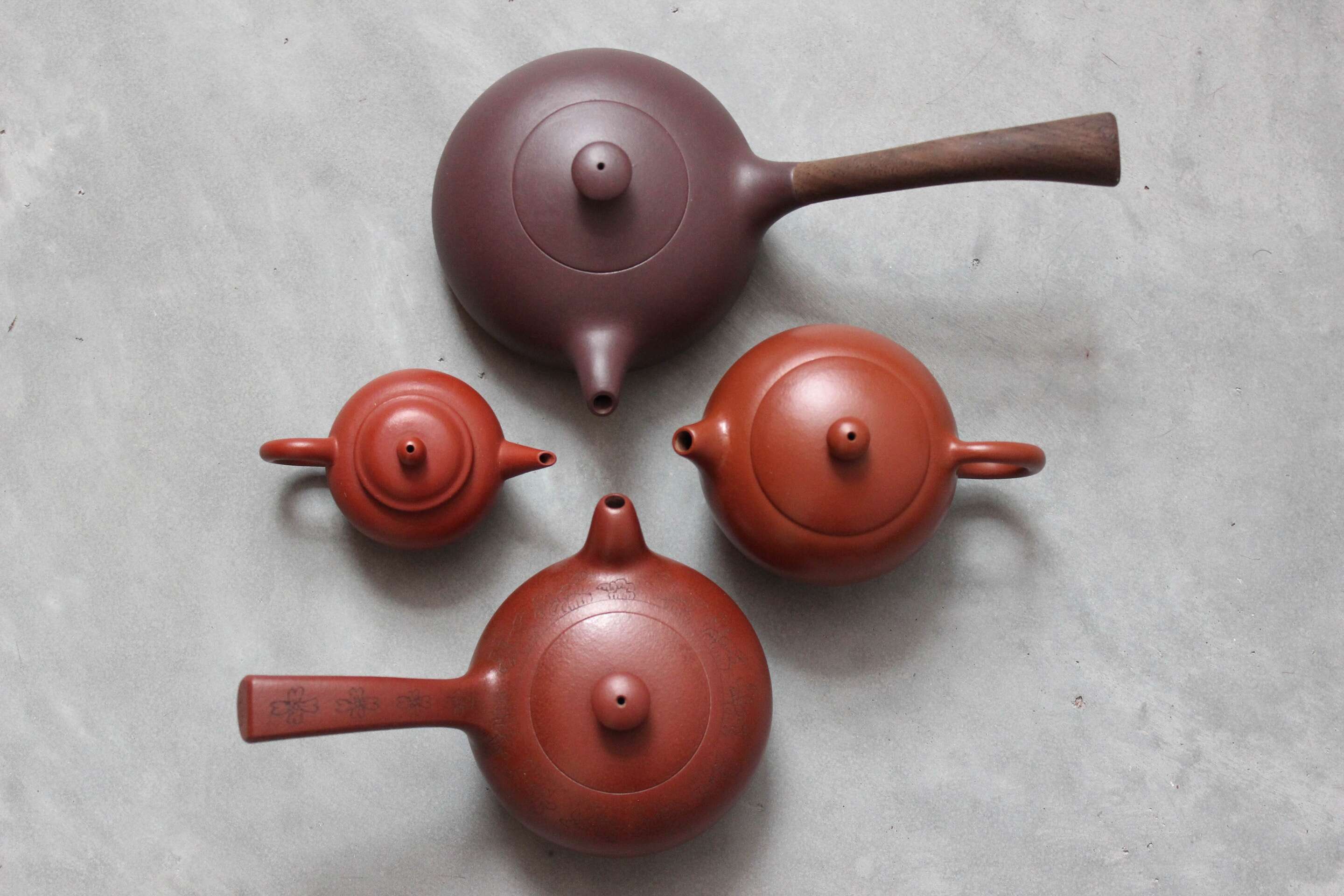
We’ve often talked about how a teapot grows over time and gives back to the tea you brew. It is easy to see a teapot growing on the outside as your new pot becomes more lustrous with use, but every once in a while, it is great to check in on how a teapot is doing on the inside.
So now, I have spring water brought to full boil and steeped for 30 seconds in a porcelain gaiwan, and two different yixing teapots – one used exclusively for black teas and another used for Wuyi Oolongs.
If there is any merit to the value an yixing teapot brings to brewing, there should be a noticeable difference between all three cups of “brewed” water.


Now let’s compare with a 30 second steep in our little half moon black tea pot. We’ve been brewing in this pot off and on for years, mixing Yunnan black, Wuyi black, Laoshan black, etc. We brew black teas in gaiwans and even mugs about as often as we brew them in this Yixing clay tea pot. but because we have been brewing in this pot for over a decade, it is definitely well seasoned.
First – the aroma.
This is NOT the aroma of plain spring water. There is a golden malty sweetness in the smell of the water.
The first sips confirm this aroma is backed up by a crisp thick texture very much reminiscent of buddy black tea. The aftertaste is honeyed with toasty undertones. Wow – these notes read just like an actual tea, but this is JUST WATER.
I expected some texture for sure, but the clear flavor and aroma was surprising and thrilling!
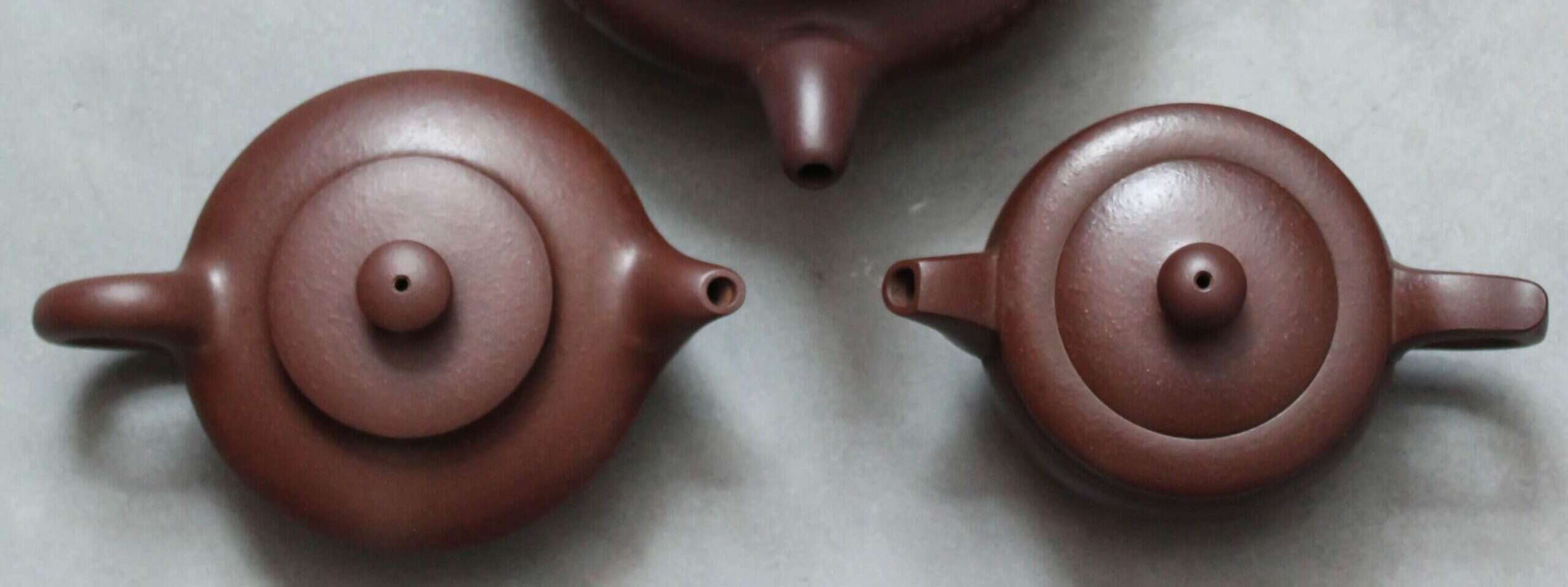
Maybe just a one-off?
Let’s try a Wuyi Oolong pot!
This pot has been used more consistently and for longer. When brewing for ourselves, we usually use at least one of our dedicated Yixing clay tea pots. Sometimes, we will use two tea pots, with one steeping the leaves and the other acting as a pitcher. This tea pot has brewed a particularly large quantity of Old Tree Shui Xian in its time.
The aroma is shocking – almost cedar-like.
The first sips are like drinking distilled forest – sweet bark and cooling pine. The texture is rocky and mineral-laden, with a sweet old library quality that feels a bit like old sheng pu’er.
This really felt like a later steeping Old Tree Shui Xian, and tasting the water on its own, I can see how much of a boost it is bringing to the texture of teas that I brew in this pot.
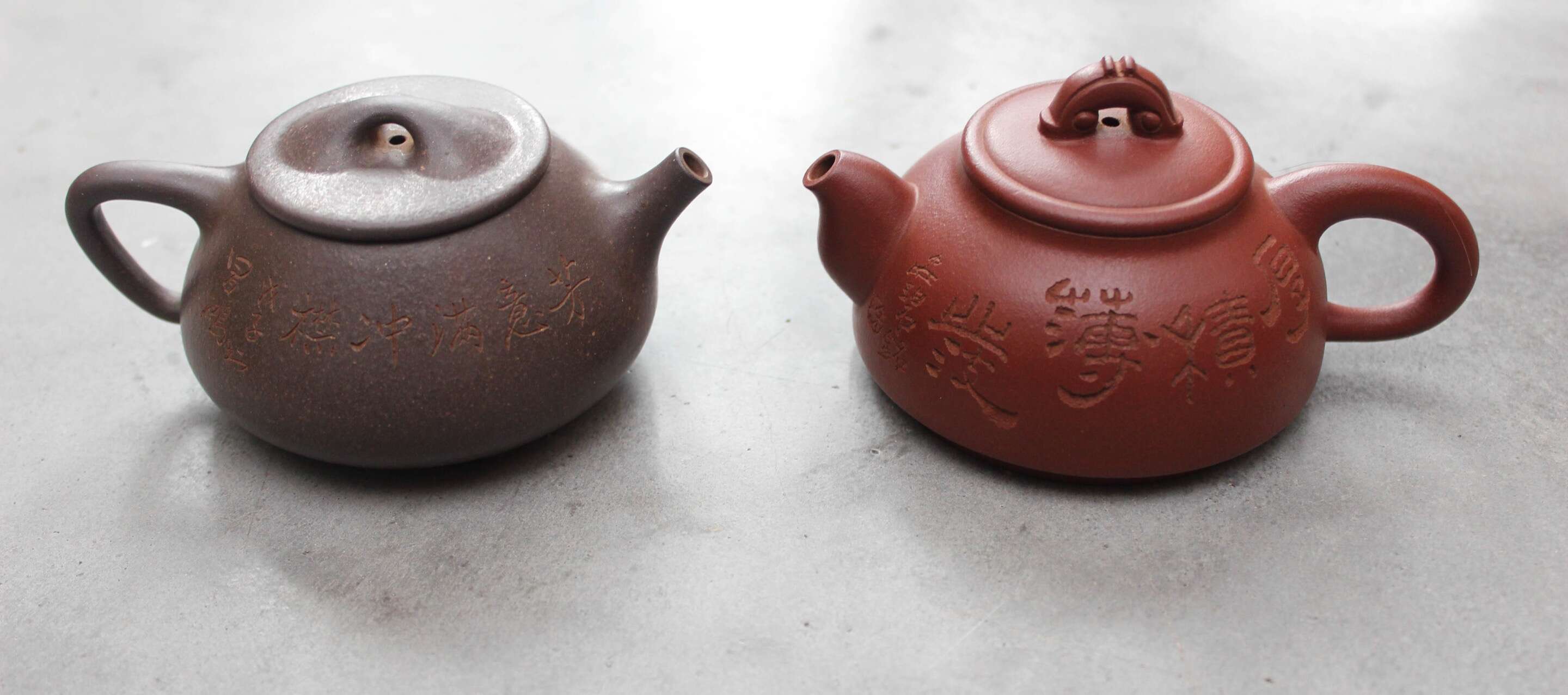
Over a decade of daily brewing has given our personal pots a significant and undeniable “flavor” of their own. Even this small experiment shows a noticeable difference between water alone brewed in a non-reactive porcelain gaiwan and water alone brewed in two different Yixing clay tea pots.
At this point, you might be asking yourself: how did we decide which teas to brew in our Yixing clay tea pots?
What clay is best with what tea?
We’ve talked to dozens of artists in Yixing, including nationally recognized masters, along with museum curators and private collectors. The constant answer we get is that the qualities of each clay are most important to the artist in determining ideal firing temperature, moisture levels and thickness, but that if the artist executes a piece perfectly, it should be perfect for whatever tea you want to brew.
Although it is tempting to create a hard and fast list of rules to pair certain clays with a fixed list of certain teas, this view is too simple and limiting, and discounts the hand of the artist in making every individual piece. That said, there are some qualities in teapots that matter when selecting the right pot for a tea.
For example, teapots with very small lid opening are often a better fit for shu pu’er, rolled oolongs and other teas that can fit in that opening, while wider-mouth pots are more flexible for very long or fluffy teas. Could you pair a fluffy strip-style Wuyi oolong tea with a pot that has a tiny lid opening? Of course! No one is going to track you down and scold you for the way you like to use your own teaware, but if you find it frustrating to use your pot, you may end up leaving your beautiful piece on a shelf instead of enjoying it daily.
Pour time matters, too – a long pour time is totally fine for shu pu’er, black tea, and rolled oolongs, but a shorter pour time can be critical for controlling the brew on teas you want to pack with lots of leaf and brew with short infusions (sheng pu’er, Wuyi Oolong and Dancong). Generally, I’d recommend around 12 seconds or less for those more demanding teas.
If you have a vision for the color and patina you are looking for, pairing clays and teas can influence your acquisition decisions, too. For example, lighter clays get shinier and more lustrous with lighter teas like sheng pu’er and dancong, while darker teas will bring more red and brown shades to a light clay pot. Di Cao Qing clay becomes more red with light teas and more purple with dark teas. Either way, consistent brewing and care can yield beautiful results.
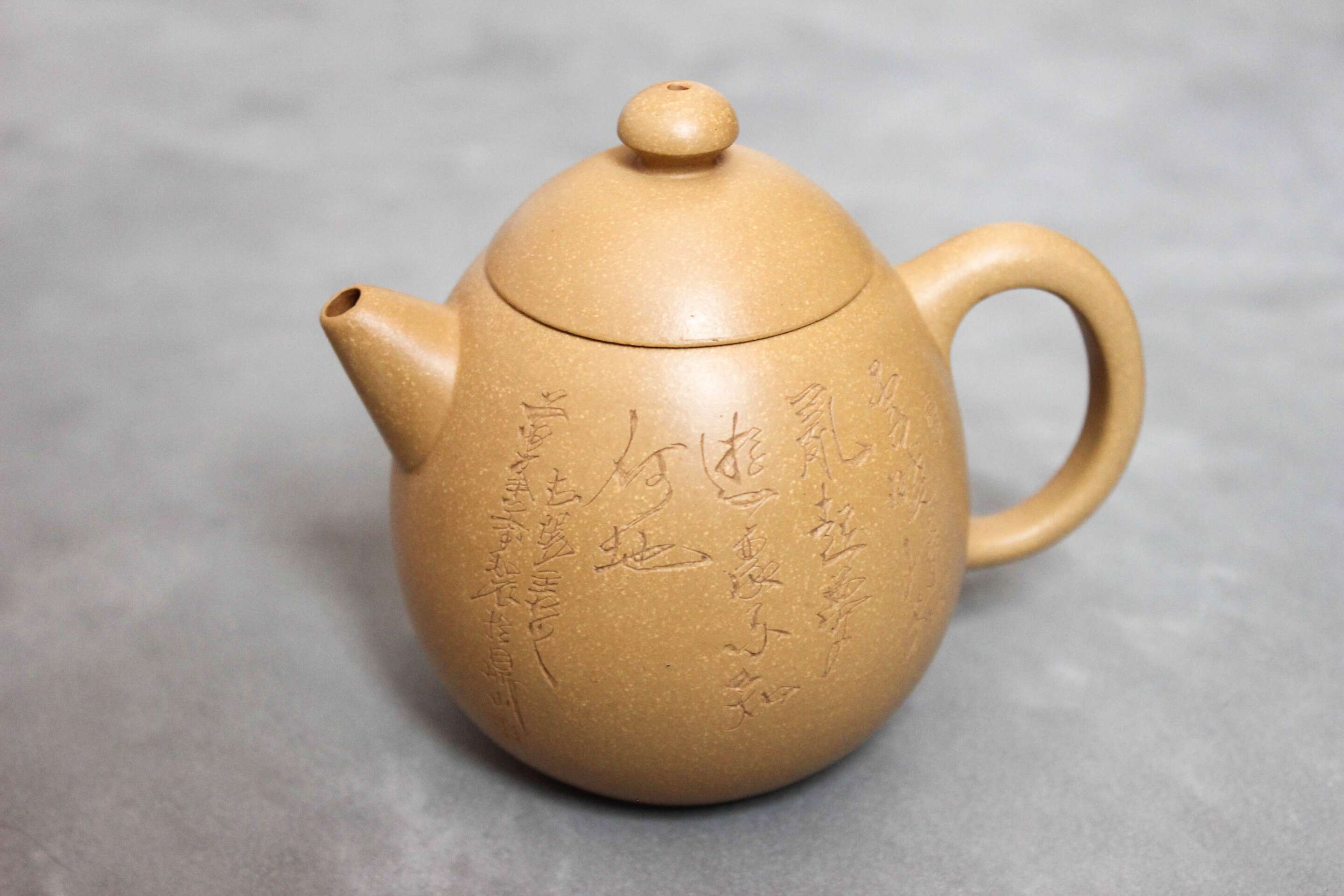
Do you have Yixing of your own?
Try this experiment at home and check up on them. It is super fun!
Still looking for your perfect yixing? Check out our collection or read up on what these little clay teapots are for and how they work.


 How To
How To Myths & Legends
Myths & Legends Travelogue
Travelogue Tasting Journal
Tasting Journal Talking Shop
Talking Shop Tea 101
Tea 101 Watch
Watch Teaware
Teaware News
News
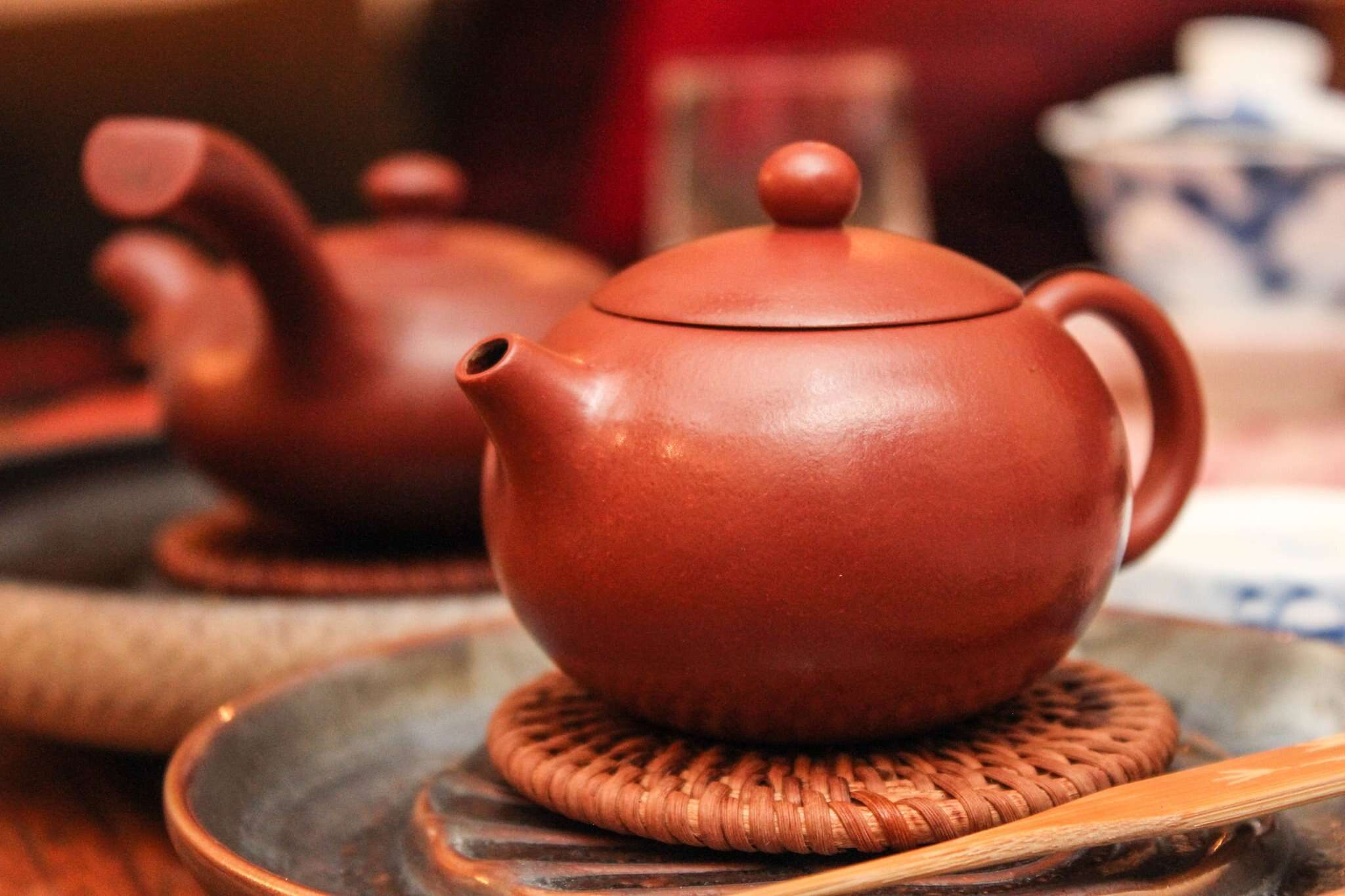
Leave a Reply